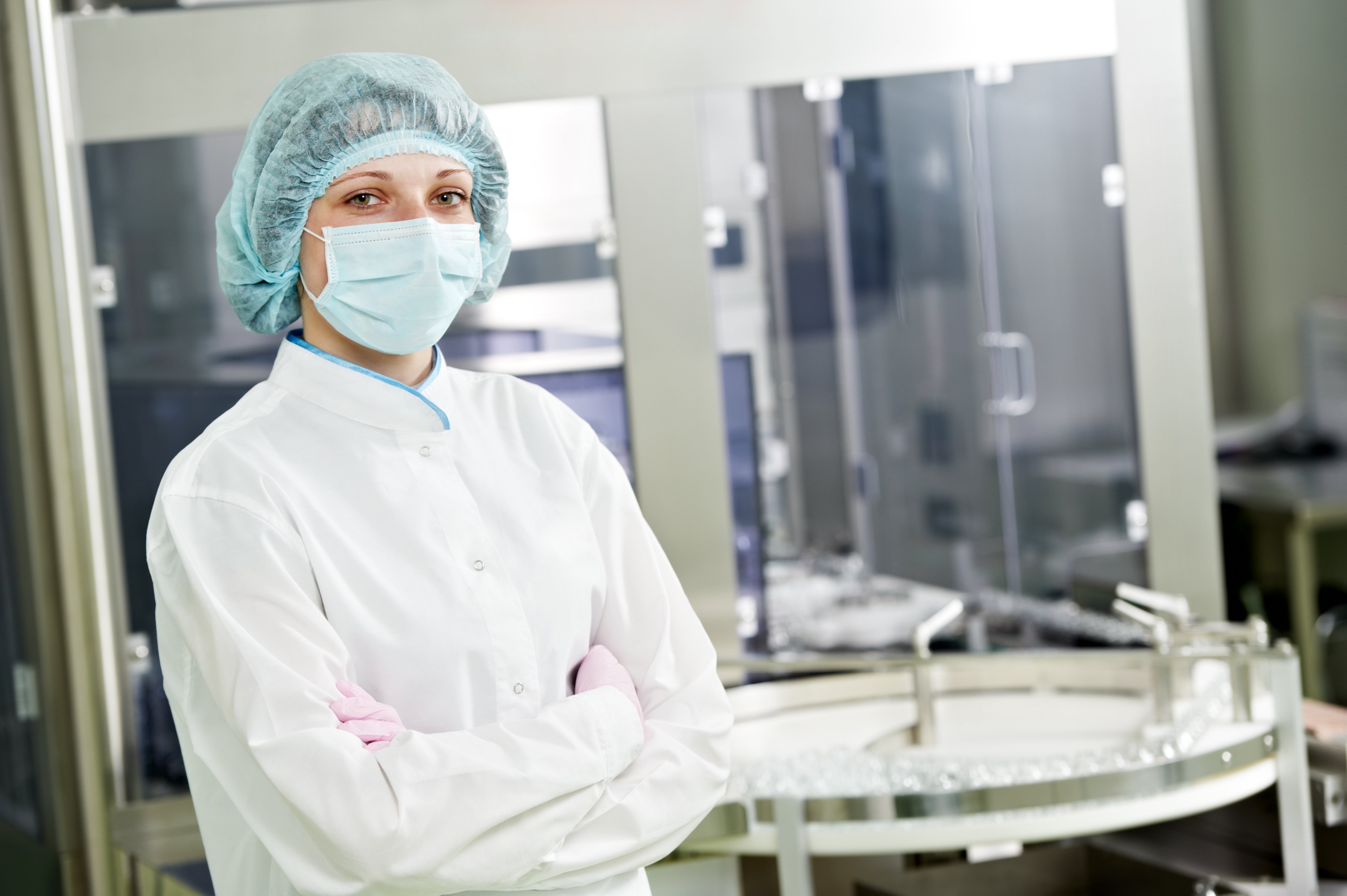The first challenge that manufacturers face as they begin to reopen their facilities is determining the applicable guidelines. Regulations vary from country to country. States and provinces have differing requirements. In some instances, cities have their own regulations. With multiple governing agencies involved, manufacturing is faced with a complex and sometimes contradictory set of regulations.
The regulations are focused on preventing the virus from entering the facility and stopping the spread in the facility. Unfortunately, manufacturing was not designed to limit worker contact. In fact, the three recommended steps to mitigate spread are inherent in the manufacturing process.
-
Contact
For manufacturing employees to do their job, they are often in close proximity to each other. Whether it is on the assembly line or in the break room, workers are closer than the mandatory six feet apart. Yet, person-to-person contact is the primary way the virus is spread. -
Duration
The longer an individual is in contact with potentially infectious co-workers the greater the chance of transmission. With most factories operating in eight- to 12-hour shifts, limiting the number of individuals in an enclosed space becomes a priority. -
Type
The virus is spread through respiratory droplets in the air. A cough or sneeze in an enclosed room with poor ventilation presents high-risk transmission. Shared tools and workspaces can contribute to the spread since the virus can be transmitted through contaminated surfaces. Few factories were designed as clean facilities that minimized the transport of particles through the air and shift work by default requires shared workspaces.
Where do manufacturers start as they try to reopen when their infrastructure was never designed to limit the type or duration of worker contact?
Limit Site Access
Only essential personnel should be allowed into the facility. Workers who can perform their jobs remotely should continue to do so. Visitors including subcontractors should be discouraged from entering the facilities and their access within the plant should be restricted. Some jurisdictions require that all visitors be screened before entering a facility.
Screening employees before they enter the facility is another way to limit the number of potentially infectious workers in a factory. However, simple screening presents a number of challenges:
- Employers are responsible for protecting an employee's personal information and that includes health-related information. Before implementing a screening process, manufacturers need to establish a process that ensures data privacy. For example, where will the information be stored and who will have access to that information? How long will the data be retained? In the rush to reopen, employers must be careful not to violate privacy laws.
-
Screeners
Manufacturers can't commandeer a few employees to be screeners without providing proper training and protection. Screening may involve temperature checks at the start of a shift or a questionnaire for self-identification of symptoms. The questionnaire poses a systemic problem because workers who need a paycheck are less likely to answer truthfully if they are concerned about losing their job. Clear policies are needed to ensure that all screening processes are in regulatory compliance. -
Policies
Businesses should have written policies in place for how to manage employees who fail an initial screening or exhibit symptoms while at work. They need to establish clear return to work policies for employees who test positive for the virus, experience a period of self-quarantine or have recovered from COVID-19. In some jurisdictions, employers may need to adjust their leave policies to ensure that employees are financially secure if unable to work due to the virus. That may involve the use of vacation or personal leave or it may require changes to the amount of available leave.
In addition to policies related to the identification and management of infectious personnel, employers need to consider how the screening process will be treated when calculating pay. Will the screening be unpaid with the expectation that employees will arrive early for screening? Where will screened employees wait until their shift starts?
Maintain Social Distancing
Manufacturers must create an environment where social distancing is practiced or provide protection to mitigate the spread of the disease. According to the CDC, mitigation options may include engineering and administrative controls.
Engineering Controls
Possible engineering controls may include:
- Modifying workstations on and off the assembly line so employees are six feet apart and are not facing each other.
- Using physical barriers such as strip curtains or plexiglass that are made of an impermeable material to separate workers.
- Placing signs and floor markings to ensure that employees maintain their social distance, even on breaks.
- Adding stations for checking in and out that are spaced to ensure proper distancing of personnel.
- Removing or blocking tables and chairs in training or conference facilities and in break and lunchrooms.
Consider using outside tents or similar structures as alternatives for group settings or designating additional spaces for breaks to reduce the number of people in a confined space.
Administrative Controls
As part of administrative controls, organizations are to monitor the distancing practices of all employees. Monitoring can take the form of added personnel, closed-circuit camera systems or automated monitoring systems.
An Italian company uses a high-tech solution known as System Workers Advance Tracing or SWAT. Employees scan an app onto their smartphones and clip a device to their work clothes. The device vibrates when they are less than six feet from another worker. A signal is also sent to a database for evaluation to determine if adjustments to traffic management patterns are needed. A similar system is being tested in Antwerp.
Other administrative controls include:
- Eliminating as many in-person gatherings as possible.
- Increasing the number of meetings so that fewer people can attend each session to allow for social distancing.
- Creating traffic management patterns that require employees to move single-file through the facility at six-foot intervals.
- Staggering break times to reduce the number of employees using break areas and restrooms at one time.
- Changing the shifts and team design so workers do not congregate during arrival and departure times.
- Adding shifts to reduce the number of employees per shift to maintain social distancing requirements.
- Minimizing the use of company vehicles and restricting the number of people in each vehicle.
- Instituting cohorting to reduce the number of individuals an employee comes in contact with each day.
Changes in operating procedures should be documented and explained to all personnel. The information must be readily available, and where appropriate, posted in work areas.
Next Step
Limiting access and maintaining social distancing can mitigate exposure. They serve as the foundational elements for reopening. If companies cannot address the physical requirements for social distancing, it is unlikely that they will be allowed to reopen. At the same time, the financial implications for implementing workstation measures and restricting the number of employees onsite may appear cost-prohibitive. That's why it is critical for manufacturers to evaluate all requirements to ensure cost-effective solutions can be implemented. Once these foundational elements are addressed, manufacturing will need to address sanitation and employee hygiene requirements, policy and procedure changes and educational programs.







Leave a comment